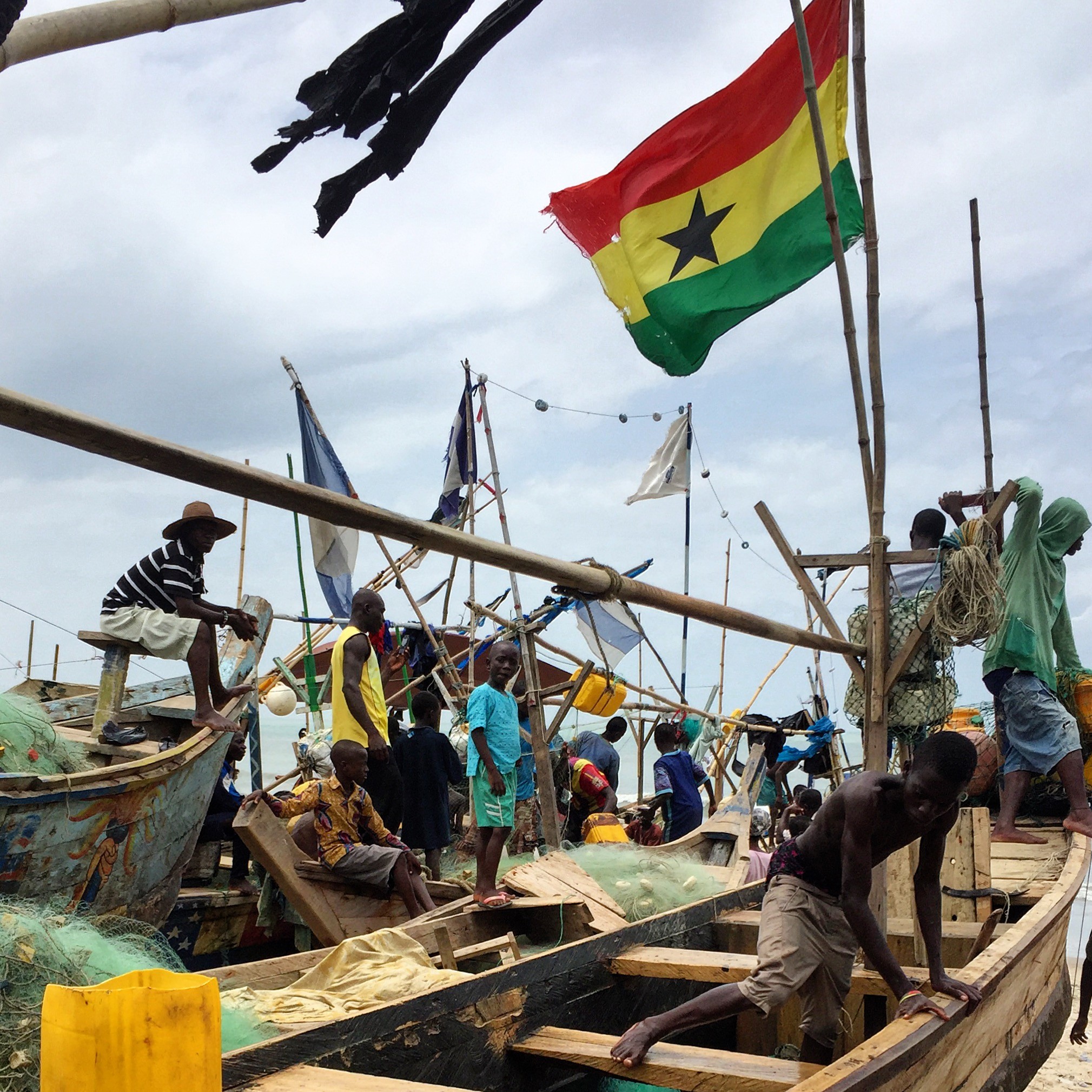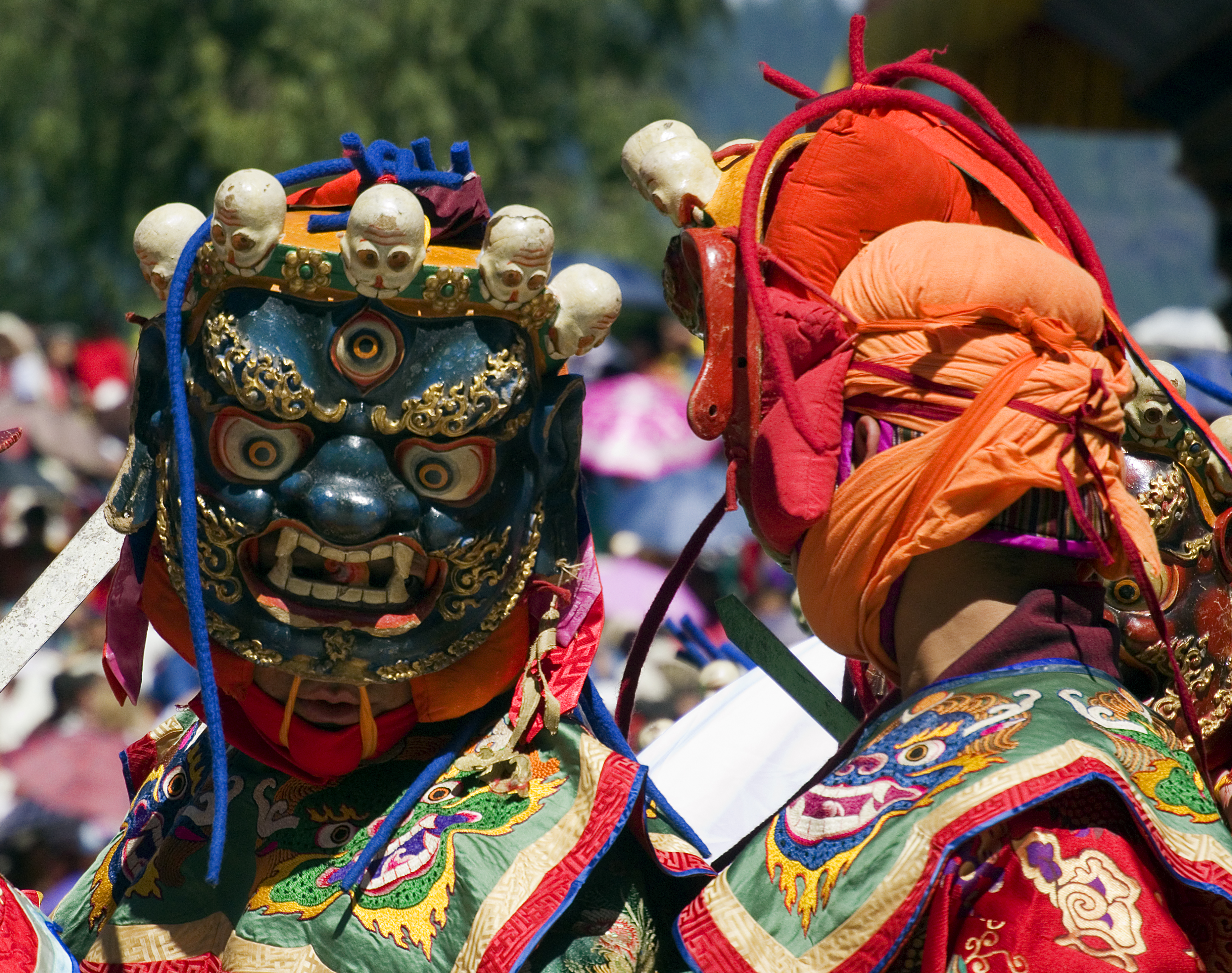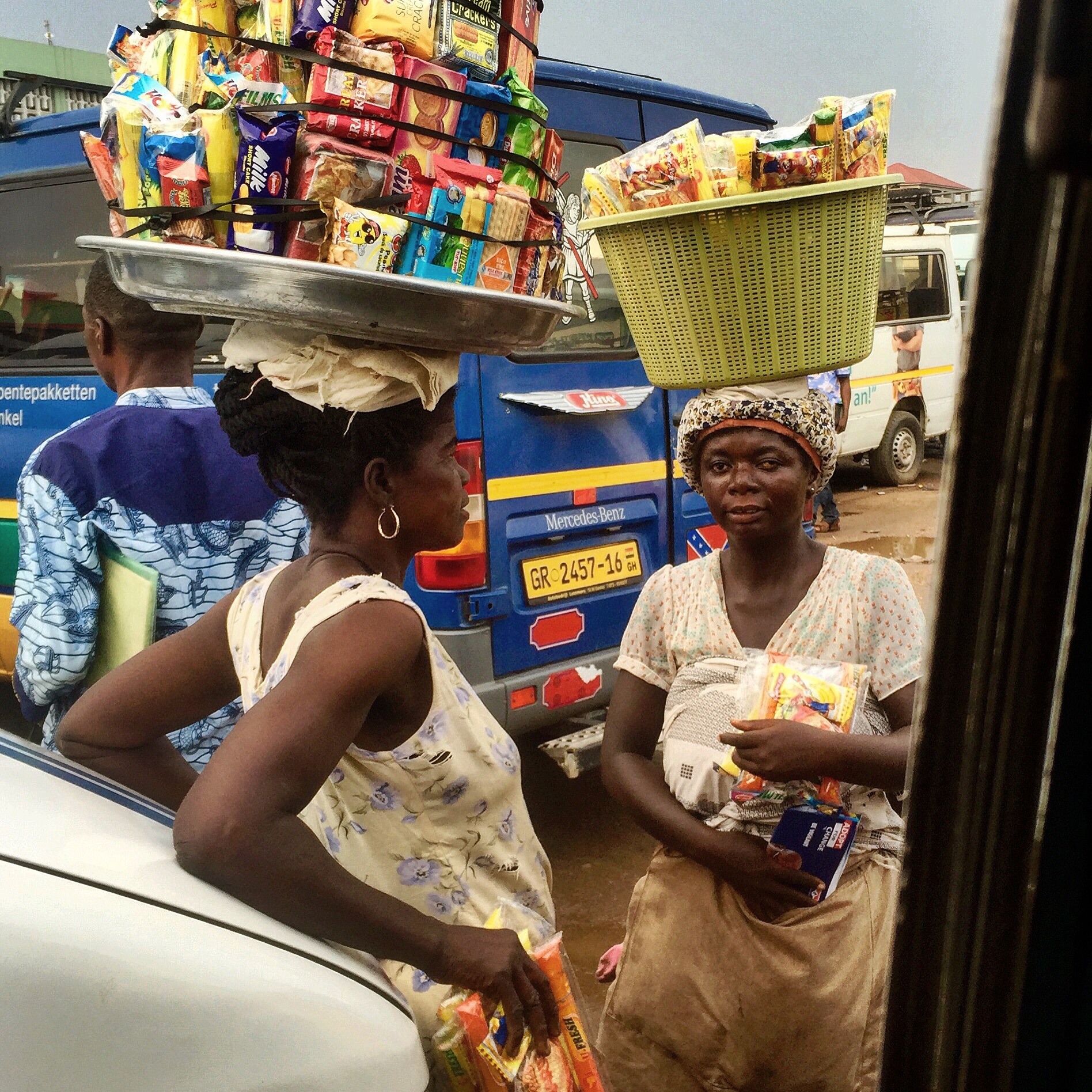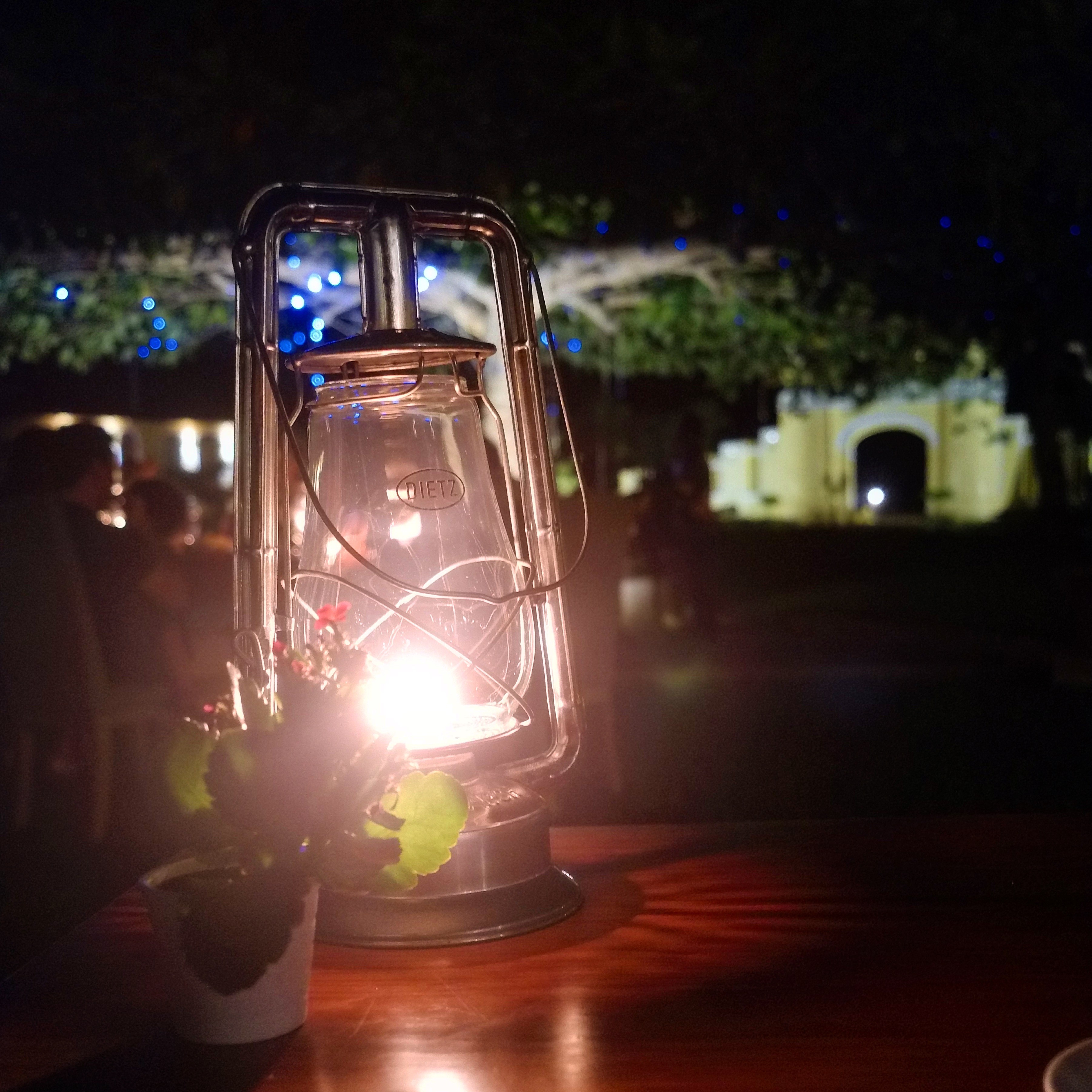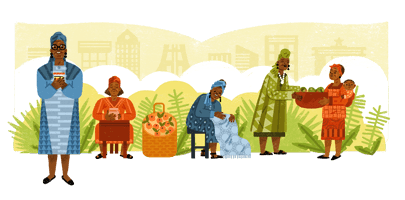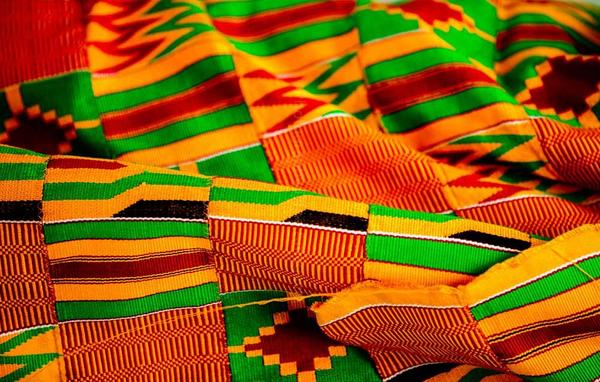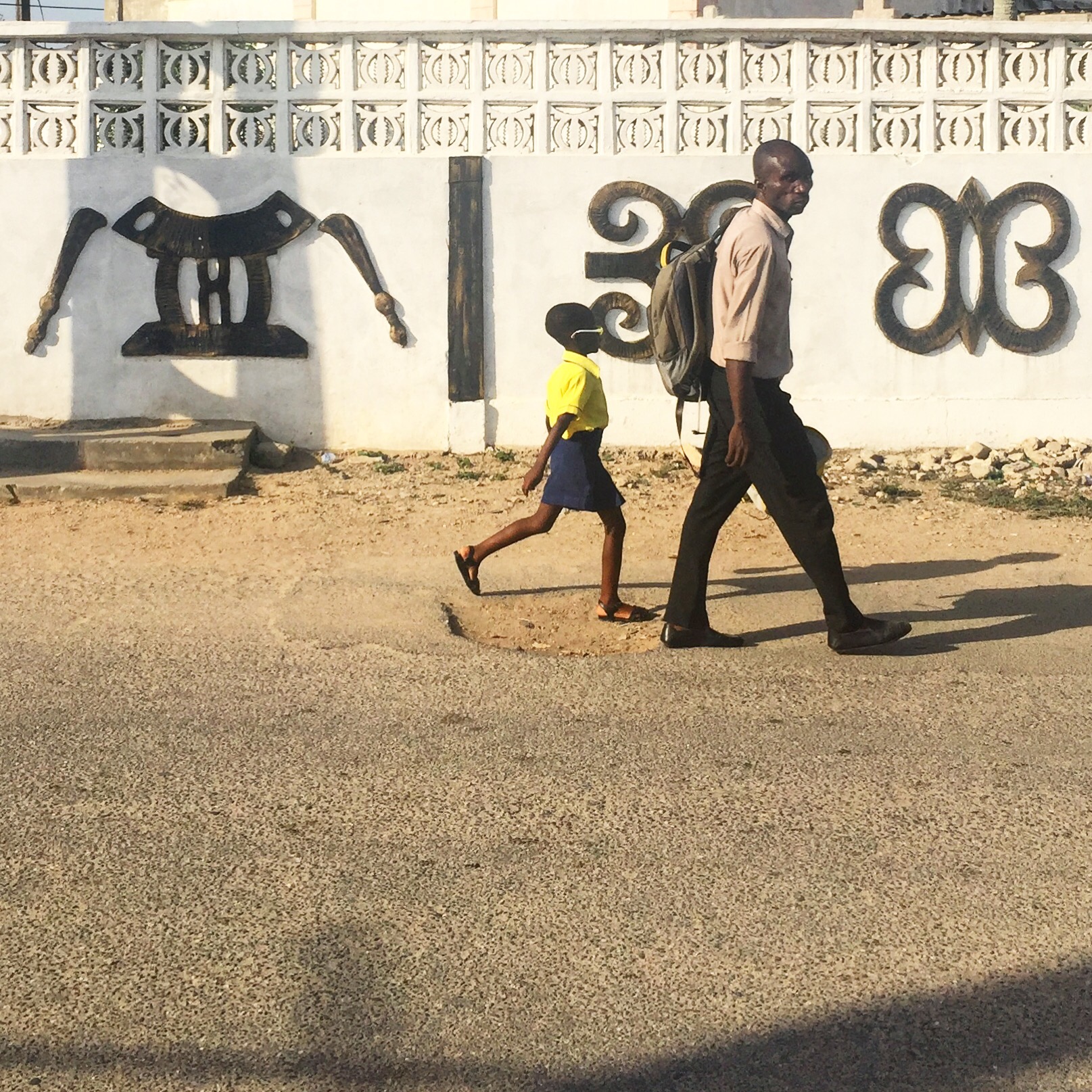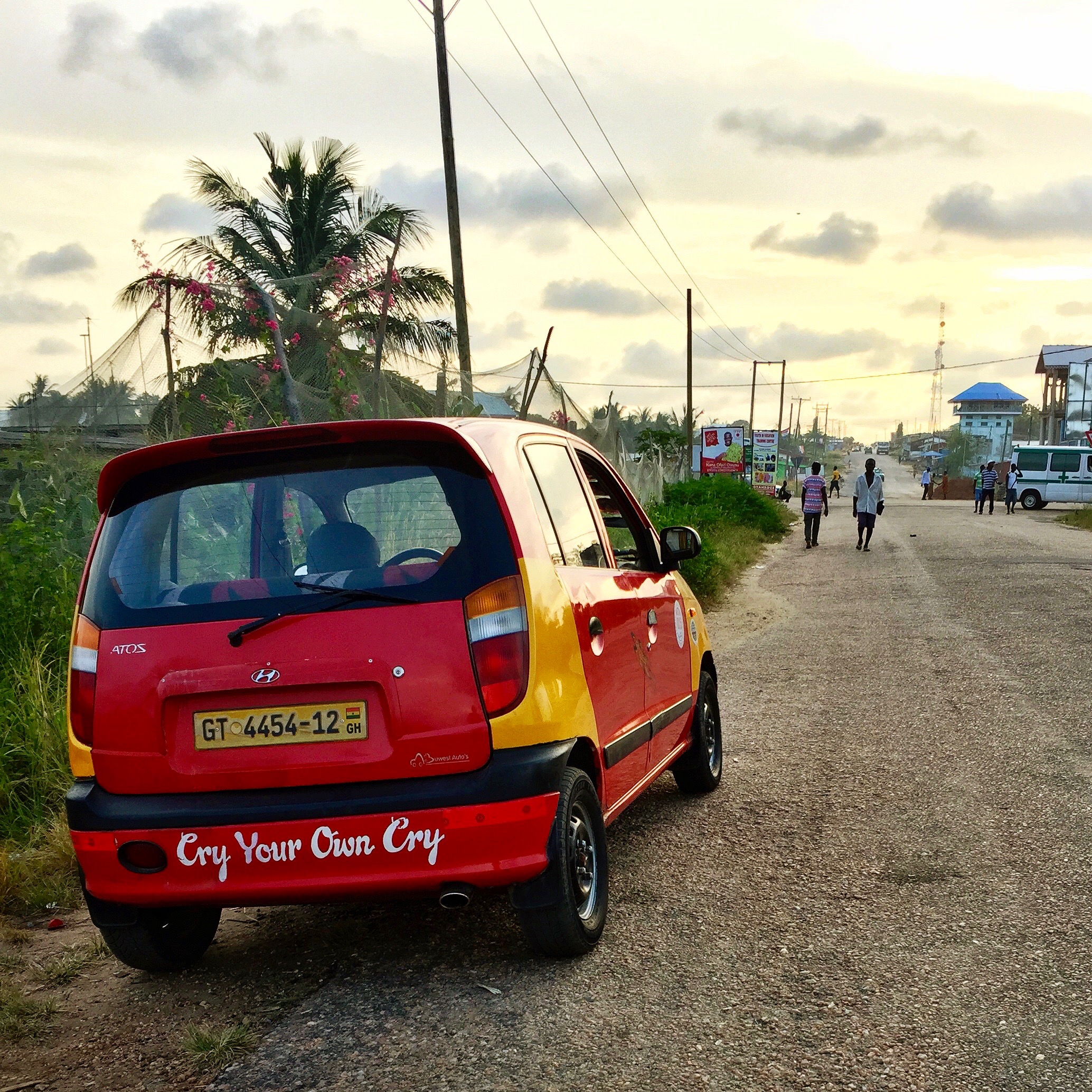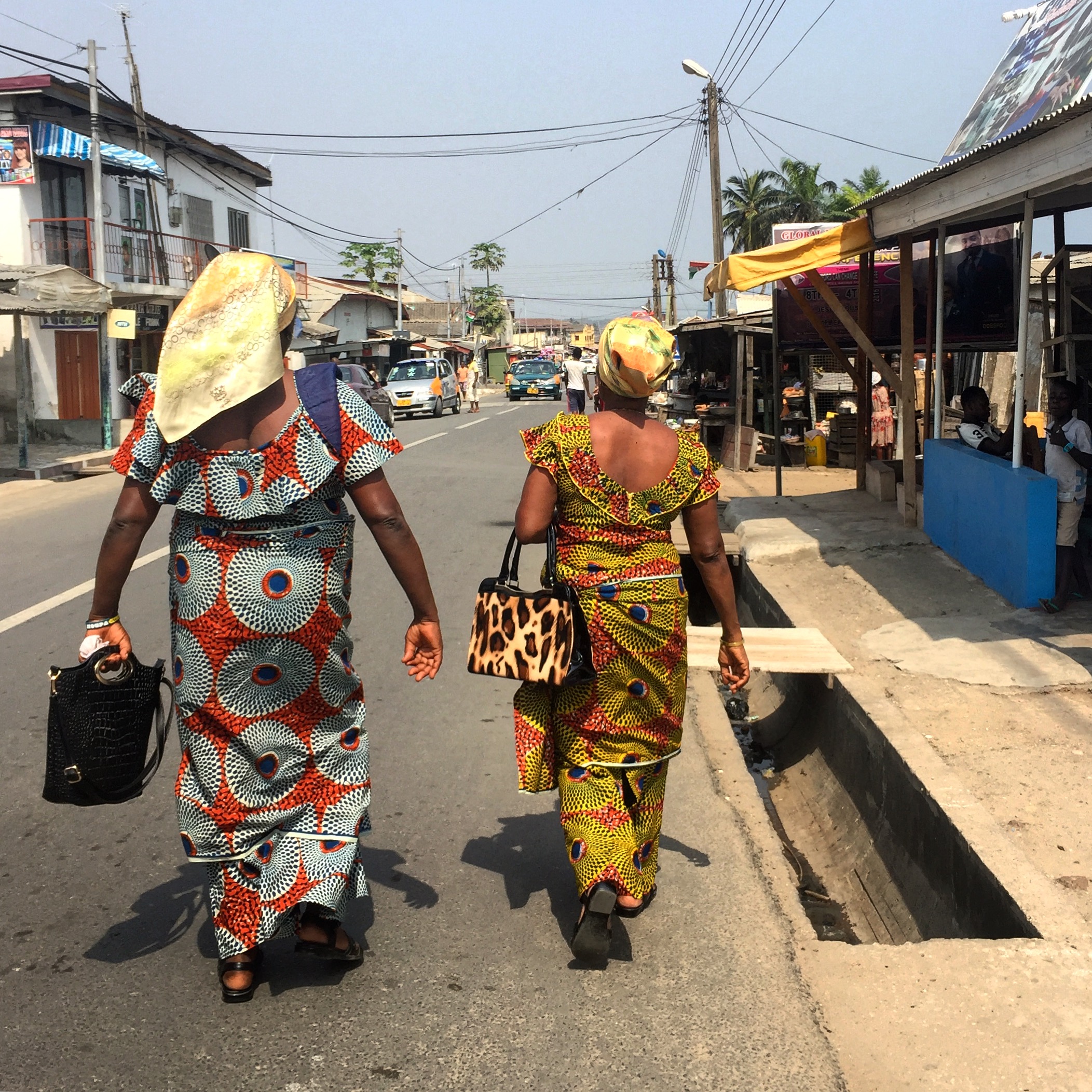You’re in Ghana and you’re at the market. You’ve got all of your produce selected and the maame tells you, “15 cedi.” You open your wallet and pull out a 20 cedi note and see six faces looking back at you. In fact, all of the paper money in your wallet has these same six faces staring out at you. These men are collectively known as Ghana’s Big Six. But who were they and why are they important enough to be on all of the money?
Category: World Wanderings
When I was young, I was bit by the travel bug. Since then, I’ve been extremely fortunate to have the ability to not only travel to numerous countries around the world, but also live in foreign countries. These posts include stories about my travels, cultural differences and travel tips.
A Glimpse at the Thimphu Teschu
When visiting a new culture, there is nothing that I love more than experiencing, attending or participating in a local festival. Just this past weekend was my town’s annual Aboakyer Festival, and once again it was a delight to join in the festivities. So when I was planning my trip to Bhutan, I knew I wanted to time it to coincide with a festival there, and as the calendar would have it, I was able to attend one of the biggest festivals, the Thimphu Tshechu.
6 Ghanaian Proverbs and Idioms
One of the things that I really like about living in another country and culture is learning about the various tools each culture uses for communication. In Ghana, being direct with your words can interfere with the social harmony, as so communicating indirectly via proverbs is very common. Not only that, but there are a number of idioms that can be strategically used as well. Here are some of my favorites that I’ve heard*.
more “6 Ghanaian Proverbs and Idioms”
São Tomé’s Roças: Past and Present
For centuries, people have been enjoying chocolate, which is made from the dried and fermented cacao seeds, and at one point, two small African islands in the Gulf of Guinea were the cocoa capital of the world. The Portuguese colonies of São Tomé and Príncipe were covered in plantations, known as roças, that produced cocoa and coffee for the world’s largest chocolate makers.
Living in Ghana: A How-To Guide
No matter what country you consider yourself from originally, moving to a new country comes with learning a whole new way of doing things. Here in Ghana, that can mean learning a whole new way of getting around town, getting around the country, getting new clothes and even how to eat.
Esther Afua Ocloo: a Women’s Champion
One thing that I really appreciate about Google is their sporadic Google Doodles and how they encourage me to learn more about people I may have never heard of before. Earlier this week, they honored Ghanaian woman, Esther Afua Ocloo and I was thrilled to learn more about someone from this wonderful country and their contributions to the world.
Kente: Ghana’s Premiere Textile
In 1958, one year after gaining independence, President Kwame Nkrumah made a visit to Washington D.C. adorned in a rich kente cloth draped around his body. This touched off the use of kente among many Black Americans as it became adopted as a symbol of African history and pride. Muhammad Ali wore kente for much of the duration of his visit to Ghana in 1964. But what exactly is kente?
Adinkra Symbols: Communicating Without Words
It’s difficult to go anywhere in Ghana and not notice the use of artistic symbols. They are seemingly everywhere: painted on walls, in the backs of plastic chairs, painted on signs, incorporated in cloth patterns and more.
The most ubiquitous is one that is round, kind of like if the “no” symbol, a circle with a slash through it, didn’t have the circle completed and there were bumps on the middle slash. These are adinkra, a part of the Asante culture that has spread throughout Ghana.
Ghana’s Coded Messages on Taxis and Tro-Tros
Travel around Ghana via road travel, and you’ll soon notice phrases plastered on the back windows or hatches of taxis and tro-tros (public transport vans). Many of them reference religious beliefs, but some of them are a bit more eyebrow raising.
Smocks and Kabas and Slits: Ghana’s Traditional Wear
Clothes are an integral part of any culture. They are used to denote status and rank, for spiritual purposes, for storytelling, for connecting with ancestors and any number of other things. They are also one of the most easily spotted and recognized marker of a specific culture. In Ghana there are a few pieces of clothing that are the traditional wear, and while it they may vary across ethnic groups, nationalism has allowed them to spread throughout the country.

